Take My Bees!
MCBA's Beekeeper-Volunteers can relocate honey bees from your home or property.
Before sending the
Swarm Notification form at
the bottom of this page, please determine
if your insects are HONEY BEES.
WE CAN ONLY HELP WITH HONEY BEES.
NOTE: If you are a Beekeeper wanting help with a swarm, click here.
* Honey Bees
- Color varies but is generally amber to brown alternating with darker stripes; some are mostly black
- They are furry, with short hair especially over the thorax (the body part that supports the wings)
- They are gentle, unless hive or queen is threatened. Domesticated bees have been selected over time for gentleness
- The stinger is barbed so it is pulled out of the bee when it flies away, which will lead to the bee's death
- Feeds exclusively on honey made from collected flower nectar, and on pollen
- They live in large colonies of flat wax-based honeycomb hanging vertically. Most times the colony is in a cavity above ground.
- A honey bee swarm is a large group of bees looking for a new home. Our Beekeepers-Volunteers will be happy to provide that home.
- Sometimes honey bees establish a colony inside a home's wall cavity. But, killing bees in your wall will create a parade of other pests coming to eat the unguarded honey... mice, ants, and worse. Your best option is to have a beekeeper relocate the entire colony (a lengthy, difficult process) by cutting away the wall board. This saves the living colony, reduces future damage by pests, but does leave you with a hole to repair.
Honey Bee Swarms Look Like This - a tight cluster of bees.
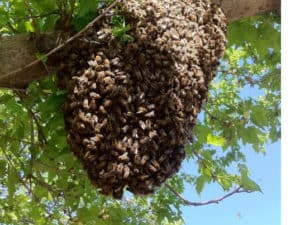
OTHER flying insects are often mistaken for honey bees...
* Bumblebee
- Color is yellow with black stripes, sometimes with red tail
- They are furry, with long hair, and large (approximately 1 inch in length)
- Bumblebees are gentle, however they do have a stinger that is smooth and can be used indefinitely
- They live in small cavities in the ground
- They are great pollinators and you are lucky to have them around your yard.
* Yellow Jacket Wasp
- They are black and opaque bright yellow stripes, they appear shiny because they are less furry
- Yellow Jackets are aggressive, with a smooth stinger that can be used indefinitely
- Two long legs are visible hanging down during flight. but unlike honeybees have no pollen baskets
- They eat other insects, overripe fruit, sugary drinks, human food and food waste, particularly meat
- They live in small umbrella-shaped papery combs hanging horizontally in protected spaces such as attics, eaves or soil cavities
* Paper Wasp
- They are dusty yellow to dark brown or black, smooth bodied (very little hair)
- They are gentle but have stingers that can be used indefinitely
- They eat mostly other insects
- They live in small umbrella-shaped papery combs hanging horizontally in protected spaces such as attics, eaves or soil cavities
Signs of a Honeybee Swarm
A new honey bee colony is formed when the queen bee leaves the colony with a large group of worker bees, a process called swarming. If you see a large ball of bees in a tree or on a wall, this is NOT their new nesting spot. It is just a resting spot on their way to a hollow tree or other cavity that meets their needs.
Swarming is mainly a spring phenomenon, usually within a two- or three-week period depending on the locale, but occasional swarms can happen throughout the producing season. Swarming is the natural means of reproduction of honey bee colonies.
A swarm of bees sometimes frightens people (even the name sounds scary!) Actually, the bees are not aggressive at this stage of their life cycle. They have nothing to 'defend': No brood (developing bees), no honey, no home. They are focused on finding a new nesting location for their queen (she is somewhere in that ball of bees). Still, don't test their patience by getting too close or taking other actions they may perceive as a threat.
From Long Island Beekeepers Club:
Honey bees are interested in flowers, not you. So, if you're having problems with individual or small groups of stinging insects, chances are, they're not honey bees.
Are the insects coming from a hole in the ground?
Typically, honey bees construct their hives high above the ground inside a cavity like a hollow tree. They do not build nests in the ground, so they're probably not honey bees. Eastern Yellowjackets (Vespula maculifrons, a type of wasp) live in colonies in the ground and can be very aggressive.
Are the insects coming from a grey nest hanging from a tree or under a roof?
Honey bees do not build visible nests under roof overhangs. Paper wasps (Polistes dominula) build grey-colored nests with cells that appear to be honeycomb in shape, usually under roof overhangs. So if you can see the nest, they're probably not honey bees.
Are the insects yellow and black and hairless?
Not all insects with yellow and black stripes are honey bees. Both yellowjackets and paper wasps may have a black and yellow pattern on their bodies, similar to honey bees, but honey bees and bumblebees have a coating of hair, while yellowjackets and paper wasps are hairless. So if the insects aren't fuzzy, they're probably not honey bees.
Are the insects yellow and black, fuzzy, and in a large mass in a tree or bush?
This is probably a swarm of honey bees. Honey bees swarm to increase their population, usually in the Spring. Do not panic. The swarms themselves are not inherently dangerous, the bees are not looking to attack, they're just looking for a new home. We have volunteer member beekeepers that may be available to come to your location to collect/protect a swarm of honey bees. Also, please understand that beekeeping is a hobby or very small business on the side, so many beekeepers do have other jobs, which can make it difficult to return your call immediately. But they will get back to you as quickly as possible.
Are the insects yellow and black, fuzzy, and you can't see a nest, but they are coming and going through a hole in a tree?
This could be a colony of honey bees. If the entrance to the hive is up high in a tree and is not a nuisance (honey bees are not interested in stinging you, they're busy looking for flowers), then you could just leave them alone and enjoy the free pollination services they provide. But if the entrance is low or in the side of a house or building, then you will probably want them removed.
NOT A SWARM: If you have been seeing hundreds of honey bees hovering outside a wall of your home for more than a week, they may have established a colony inside your walls or attic. Removing them is very difficult and may require accessing them through the drywall in your home. "Structural" removals are beyond the scope of our volunteer beekeepers. You can locate a professional beekeeper who does in-wall removals on our State Beekeeper website (CLICK HERE). Definitely don't spray honey bees living in your wall. That leaves their honeycomb in your walls - which will attract pests including mice, ants, moths, raccoons, etc.
Report Unwanted Honey Bees in Montgomery County, MARYLAND
We have a group of beekeeper-volunteers who are happy to relocate your unwanted bee swarm without harming them. However, to be considerate of our time and effort, please do not request our help if you have notified anyone else about removing the bees.
NOTE: To report unwanted Honey Bees in downtown D.C. you will want to email dcbees@dcbeekeepers.org

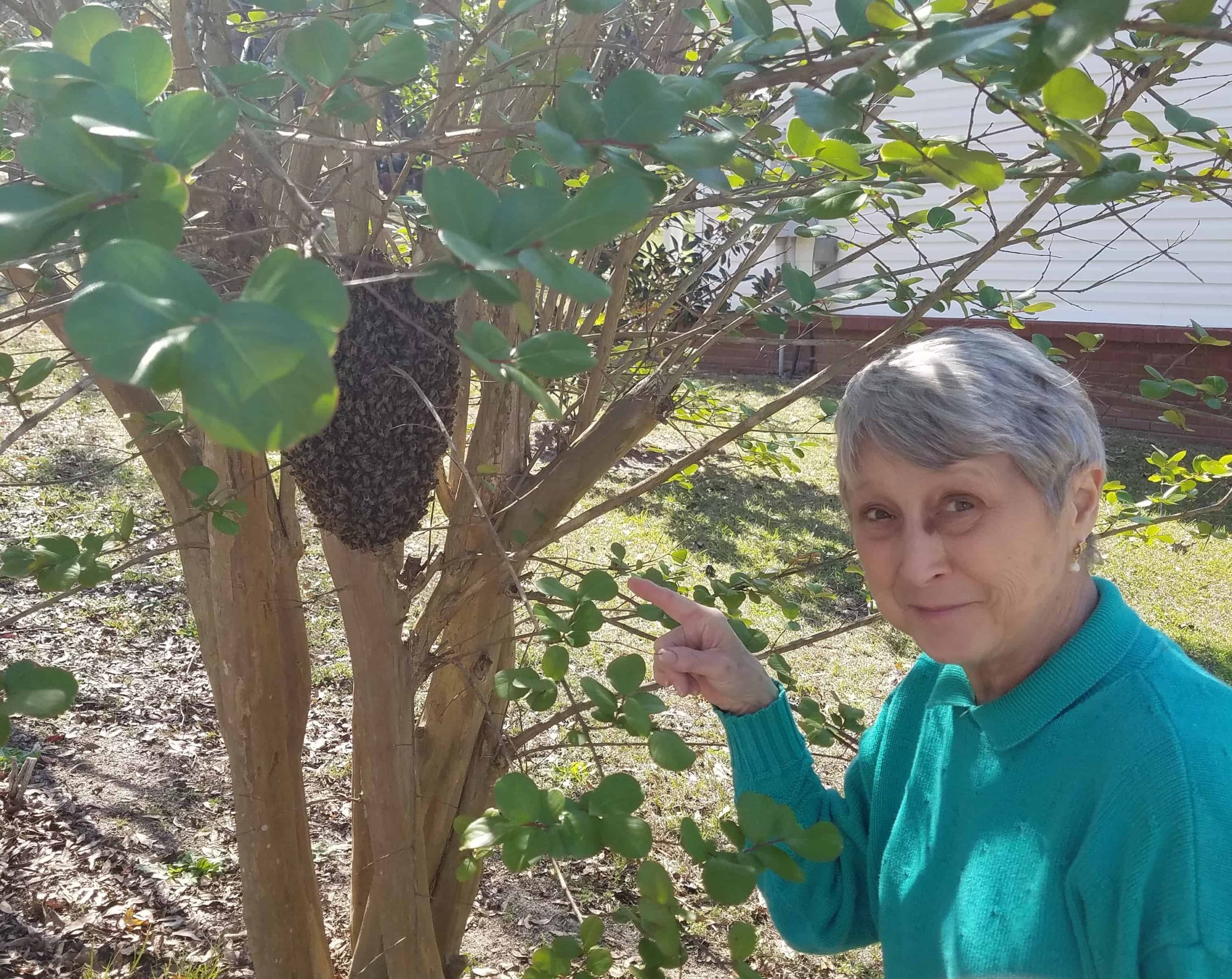


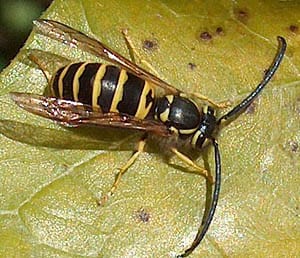
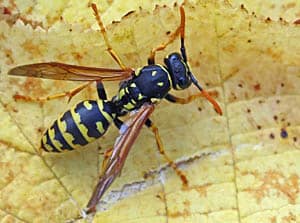
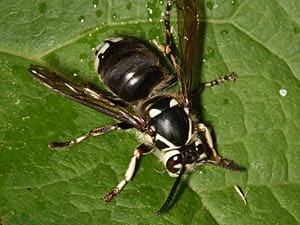

1 thought on “Report Unwanted Bees”
Comments are closed.